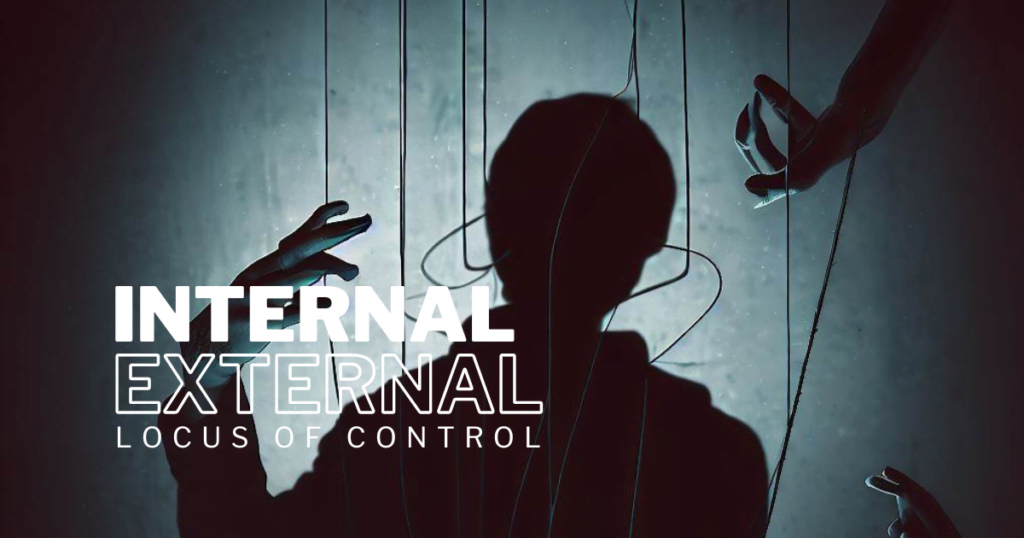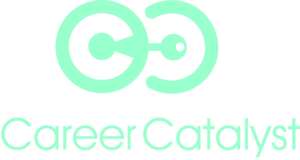“Internal or External Locus of Control” emerges as a guiding force, shaping how individuals perceive their capacity to influence events.
This cognitive pattern influences whether individuals attribute outcomes to their actions (“Internal”) or external forces (“External”).
In this enlightening blog post, we embark on an exploration of the “Internal” and “External” Locus of Control patterns, unveiling their intricacies, understanding their significance, and discovering their coaching applications.
The “Internal” or “External” Locus of Control Metaprogram Pattern:
The “Internal” Locus of Control reflects a belief in personal influence over outcomes, in contrast, the “External” Locus of Control suggests outcomes are shaped by external circumstances.
Internal Locus of Control:
Individuals aligned with the “Internal” pattern feel empowered by their actions, they believe in their ability to shape outcomes, fostering a proactive approach, this pattern often leads to autonomy and accountability.
External Locus of Control:
The “External” pattern perceives outcomes as influenced by external forces, those with this pattern may feel less control, attributing outcomes to luck or fate.
1. Identifying the Pattern:
Listen closely to your client’s language and beliefs, those with an “Internal” pattern might say “I can influence,” while “External” individuals might mention luck or external factors.
2. Goal Setting:
Internal Locus of Control:
Encourage goals aligned with personal influence:
- “How can your efforts drive your goals?”
- “Imagine your actions propelling goal attainment.”
- “What steps can you take to directly shape outcomes?”
External Locus of Control:
Guide goals considering external factors:
- “How can you adapt goals to unforeseen circumstances?”
- “Imagine overcoming challenges despite external factors.”
- “What strategies balance external variables and goal pursuit?”
3. Decision-Making:
Internal Locus of Control:
Encourage decisions based on personal agency:
- “How do your choices impact outcomes?”
- “Imagine confidence from decisions shaping your path.”
- “What actions steer your decisions?”
External Locus of Control:
Guide decisions with adaptability:
- “How can decisions accommodate external variables?”
- “Imagine effective decisions despite external factors.”
- “Strategies for decision-making amid uncertainties?”
Coaching Questions for Reflection:
- Do you see outcomes as influenced by your actions or external factors?
- How does your locus of control shape your response to challenges?
- How does personal agency affect your decision-making?
- How can autonomy empower your goal pursuit?
- Do setbacks stem from internal or external factors?
- Adapting goals for unexpected variables?
- Balancing external influence and personal agency in decisions?
The “Internal” or “External” Locus of Control pattern illuminates how individuals perceive their role in shaping life.
Navigating this pattern, coaches assist clients in setting goals and making decisions aligned with their beliefs.
Through this, coaching becomes an avenue for fostering self-awareness, accountability, and transformative growth.





